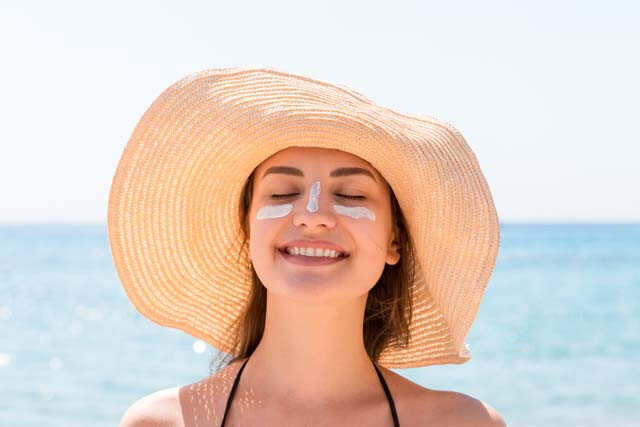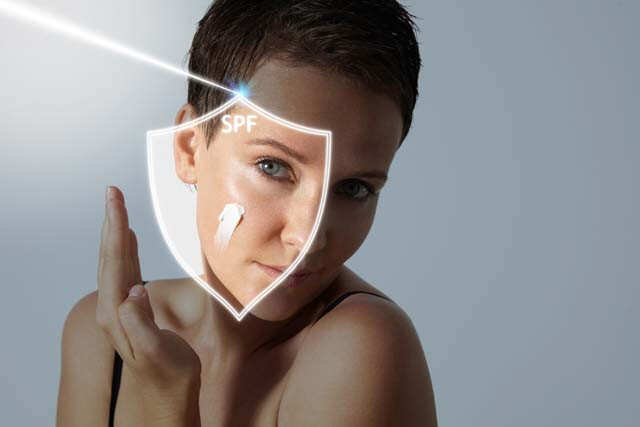
Image: Shutterstock
By now we understand the harmful effects of UV rays from the sun. We know that the damage from sun exposure can lead to fine lines, wrinkles, and even skin tone in the long run. But have you heard of UV Index (UVI)?
UVI is an important tool that helps us minimise the sun exposure and as a result, reduce the chances of skin damage from UV rays. “The UV Index helps you understand the amount of skin-damaging or sunburn-producing UV radiation reaching the earth’s surface at any point of time,” says Dr Geeta J Patel, Consulting Skin Specialist, Cosmetic Dermatologist & Laser Physician, Zah’ra Skin & Laser Clinic. Intensity of UV exposure depends on location, weather, and season and therefore, changes day by day. “The UV rays from the sun can reach the skin in three main ways – direct from sunlight, scattered light and reflected light. This indext indicates UV radiation which is in turn dictated by many factors such as time, location, and season,” adds Dr Rinky Kapoor, Consultant Dermatologist, Cosmetic Dermatologist & Dermato-Surgeon, The Esthetic Clinics.

Image: Shutterstock
UVI is available globally recommended by the World Health Organisation. “It is an important tool that will tell you about how much time you should spend in the sun. It will tell you about the daily UV levels and when sun protection is required,” says Patel. Explaining about it further, Dr Kapoor says that the range of UVI ranges from +1 to +11 and is designed to let the public plan outdoor activities in a way that excess sun exposure can be avoided.
How Is UVI Related To Your Skin?
It’s a simple equation, higher the UVI, higher will be the risk of getting sunburn, photo ageing, and in some cases, skin cancer in the long run. “A marked increase in the incidence of skin cancer is strongly linked with excessive UV radiation exposure from the sun and possibly artificial sources such as sun-beds,” informs Dr Patel. She also believes that UVI is an important vehicle to alert people about sun protection. Though we should always be wearing sun protection, those with sun sensitive skin can decide on their outside activity depending on the UVI like avoiding the beach on such days.

Image: Shuuterstock
What to do if the UV Index is High?
UVI is usually reported at noon when the UV exposure is at its maximum. UV index of 1 means it’s at the lowest and 11 is the highest. “UV radiation is higher between 11AM and 4PM and highest during summers,” says Dr Kapoor. If you live in a place where the UVI is usually higher, make sure to wear enough sun protection. Here’s what you can do:
- Avoid venturing out between 11AM to 4PM
- Wear SPF 30 or above and reapply every two hours. “Don’t forget the lips, rub them with a sun-protection lip balm,” says Dr Kapoor.
- If out in the sun, seek shade. Wear a hat and a pair of sunglasses.
- Wear protective clothing in dark shades.
- Wear sunscreen even on cloudy days. “The biggest myth is that UV radiation is less on cloudy days. The fact is that since clouds reflect UV radiation, the UV index can be high on cloudy days too,” says Dr Kapoor.
- If you are someone who has to be in the sun for long (like a sportsperson), then you need to apply broad spectrum sunscreen SPF 50+,” says Dr Patel.
Article Source – https://www.femina.in/beauty/skin/understand-uv-index-and-its-impact-on-the-skin-202292.html


